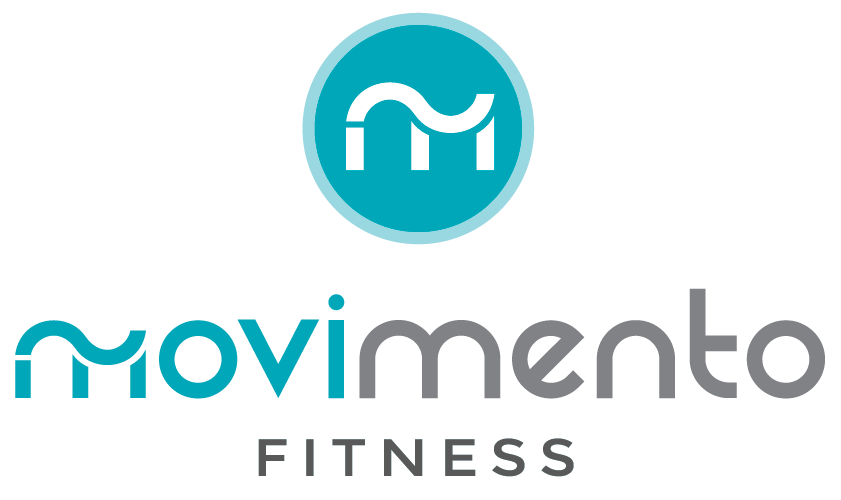Most of us have felt the need for more flexibility at some point in our lives. Whether it comes from the inability to touch your toes, the desire to improve athletic performance, or simply from feeling tension in your back while standing up out of a chair, most of us have experienced a moment in life where we think to ourselves, “Wow, I really need to stretch more!”
Maybe you’ve had that thought but never did anything about it, or maybe you’ve tried but haven’t had the success you were hoping to achieve. Maybe you consistently and diligently stretched, and yet you noticed little to no improvement in your flexibility. How could that be?
Chances are, whenever you’ve lacked range of motion during a movement, or felt discomfort in your body due to tightness, and you’ve inquired about how to correct it, the response has usually been the same: stretch more.
It’s time to rethink the way we address the issue of tightness in the body. The best way to do this is to think about why we were told to stretch in the first place. The reason for static stretching is to lengthen a muscle, in order to hopefully restore proper range of motion in that area. However, we’re forgetting that it isn’t just our muscles that can limit our range of motion. There are multiple other factors involved, one of which is the position of our joints.
When experiencing tightness in a muscle, it would make sense to target the muscle in an attempt to resolve the issue, but I believe the first thing we should do is address our skeletal structure. For example, let’s say that a member at Movimento has a job that requires them to sit all day. Due to all that time spent sitting, they’ve developed a postural deviation where their lower back curves forward excessively and their bum sticks out.
This postural deviation is known as anterior pelvic tilt. Like any postural deviation, it tends to limit the amount of range of motion that a person has in particular movement patterns. In order to increase that range, people will often stretch all over, thinking that it’s helping. But rather than potentially stretching muscles that are already in a lengthened state, it would be more beneficial to bring the pelvis, spine and hip joints into proper position. This will also bring the accompanying muscles into proper position, which allows those muscles to turn on the way they’re supposed to, which is a key factor in restoring appropriate range of motion and also alleviating pain.
So how do we accomplish this? Going back to our example, if we’re experiencing anterior pelvic tilt, the hip flexors and low back extensors would be tight, and the glutes, hamstrings, and abdominals would most likely be underdeveloped. The obvious solution to this would be to make sure this member is stretching the tight muscles and strengthening the weak muscles. This solution is a great way to work towards resolving the issue, but it would be even more effective to add another tool to this equation: mobilization.
With stretching, we are facilitating change in muscle tissue. With mobilization, we are bringing the joint into a good position (usually by using a band), and then creating movement within the joint. In our example of the member who sits all day and has developed anterior pelvic tilt, not only would their hip flexors be tight, but there would also be joint capsule restriction in their hips. Rather than the head of each femur being positioned properly in the middle of the hip capsule, they’ll be positioned toward the back of the hip capsule, which contributes to the muscle tightness that the client is experiencing.
This is why, at Movimento, you may notice members performing a particular movement pattern with a band hooked around their hip, shoulder, knee, or ankle. If we were to simply stretch the muscles, without the skeletal structure being properly positioned, any benefits gained would be temporary. However, when we bring the misaligned joints into a good position, stretch tight muscles, and strengthen weak muscles, then we are able to achieve more of a permanent improvement. When it comes to stretching, mobilizing, and strengthening, it’s not about which element is best. It’s about using all of those tools together in an appropriate, calculated way in order to achieve the most optimal results.


